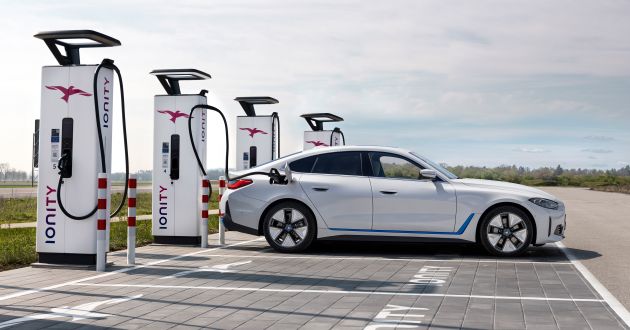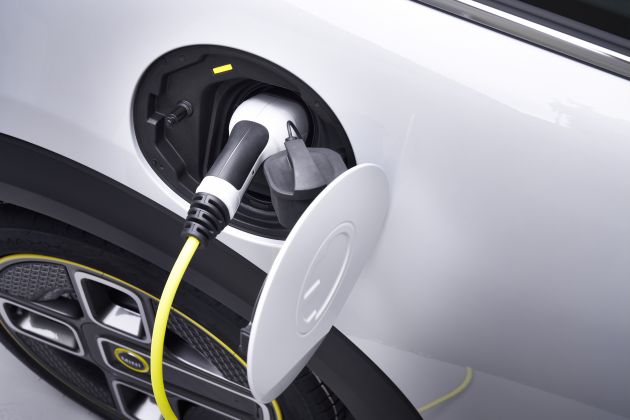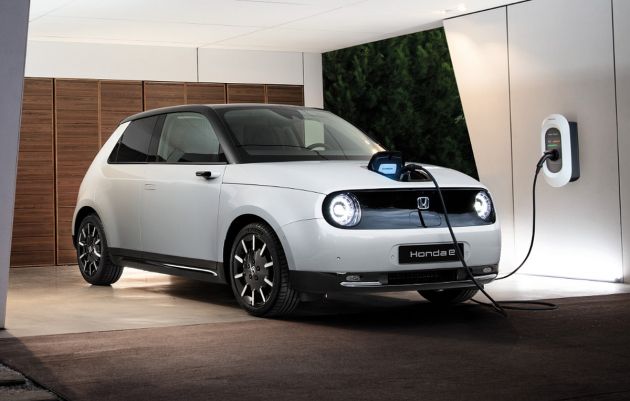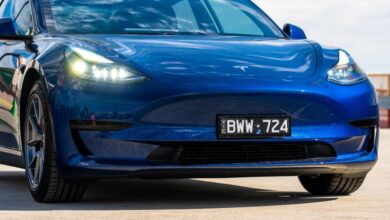New EU law mandates EV chargers every 60 km by end-2025; hydrogen stations every 200 km by end-2030

The European Union has passed a new law to increase the number of fast-charging stations and alternative fuel stations to make it easier for electric vehicle (EV) owners to travel across the region.
The move is part of the EU’s ‘Fit for 55’ plan, and according to the fine print, fast-charging stations offering at a total power output of 400 kW for light-duty electric vehicles (cars and vans) need to be installed every 60 km along the Trans-European Transport Network (TEN-T) core network by December 31, 2025.
By December 31, 2027, charging stations should be capable of at least 600 kW. In the first stage, these stations must include at least one charge point with an individual power output of at least 150 kW, but the following stage requires at least two charge points of the same capability.
Along the TEN-T comprehensive road network – roads that connect EU regions back to the core network – the regulation still requires a maximum distance of 60 km between fast-charging stations. However, they must have a total output power of at least 300 kW, with at least one charging point capable of at least 150 kW by December 31, 2027. These charging stations also need to cover at least 50% of comprehensive roads, expanding to all of them by December 31, 2030.
By December 31, 2035 charging stations along all comprehensive roads should be capable of at least 600 kW of total output with at least two charging points capable of at least 150 kW output.
For heavy-duty vehicles, member EU states must ensure that along at least 15% of the length of the TEN-T road network, there are fast-charging stations offering a total power output of 1,400 kW, with at least one charge point capable of providing at least 350 kW. The coverage improves to 50% by December 31, 2027, with total output bumped to 2,800 kW along the TEN-T core road network, while it is kept at 1,400 kW on comprehensive roads.
By December 31, 2030, along the TEN-T core road network, fast-charging stations for heavy-duty vehicles are deployed every 60 km and they must provide a total power output of 3,600 kW – the individual charge point requirement is kept at 350 kW.
This is different from the TEN-T comprehensive road network, as the maximum distance between fast-charging stations is 100 km and the power output pool is at least 1,500 kW with the same individual charge point output of at least 350 kW.
The EU also set targets for hydrogen refuelling infrastructure of road vehicles, with a minimum number of publicly accessible hydrogen refuelling stations needed to be deployed by December 31, 2030. These stations must be designed with a capacity of one tonne per day with at least a 700 bar dispenser, and they must be deployed every 200 km along the TEN-T core network and at least one is set up in each urban node.
Looking to sell your car? Sell it with MyTukar.







